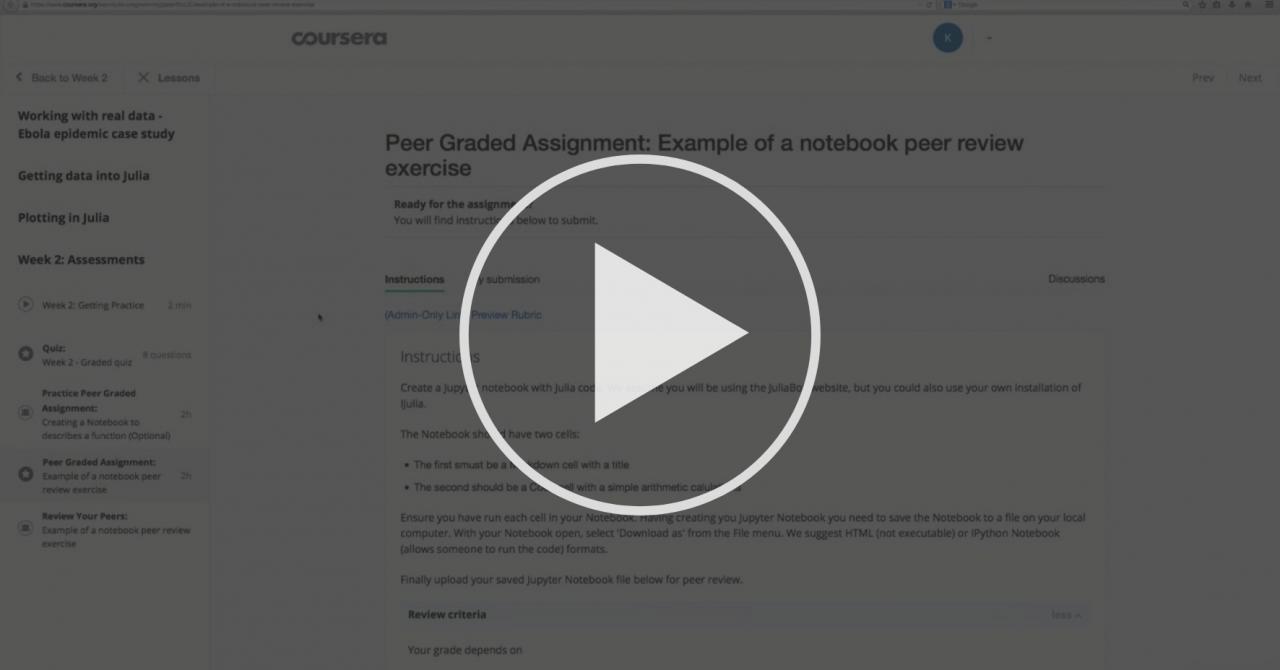Embark on an analytical journey with 2.06 Graded Assignment Write an Analysis, where we unravel the intricacies of a chosen topic, dissecting key concepts, examining methods, and evaluating findings with a keen eye. Join us as we navigate the labyrinth of ideas, uncovering insights and shaping our understanding of the subject matter.
American Pop Culture Language
American pop culture language is a fascinating and ever-evolving phenomenon. It is a unique blend of slang, colloquialisms, and idioms that has been shaped by the country’s diverse history and culture. American pop culture language is often used to express oneself in a creative and humorous way, and it can be a great way to connect with other Americans.American
pop culture language is constantly changing, as new words and phrases are constantly being added to the lexicon. This is due in part to the influence of social media, which has made it easier for people to share new words and phrases with a wider audience.
American pop culture language is also influenced by the country’s diverse population, as people from all over the world bring their own unique words and phrases to the American lexicon.
Final Wrap-Up

Our exploration concludes, leaving us with a profound understanding of the topic’s complexities. The analysis has illuminated new perspectives, challenged assumptions, and laid the groundwork for future inquiry. As we bid farewell to this intellectual adventure, we carry with us the knowledge gained and the unwavering pursuit of analytical excellence.
FAQ Corner: 2.06 Graded Assignment Write An Analysis
What is the purpose of the 2.06 graded assignment?
To provide students with an opportunity to demonstrate their analytical skills and understanding of a chosen topic.
What are the key components of the analysis?
Identification of key concepts, examination of methods, evaluation of findings, and discussion of implications.
How are biases and assumptions addressed in the analysis?
By acknowledging potential biases and assumptions and considering alternative perspectives.